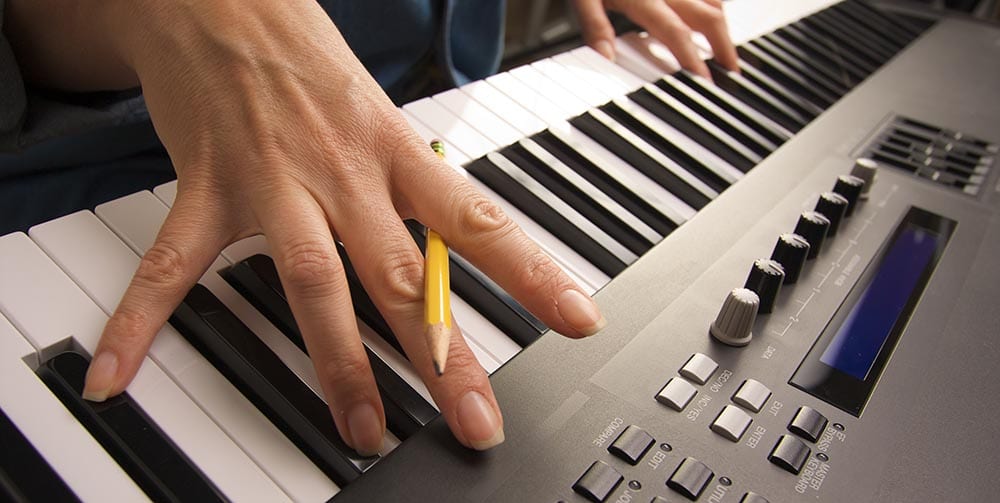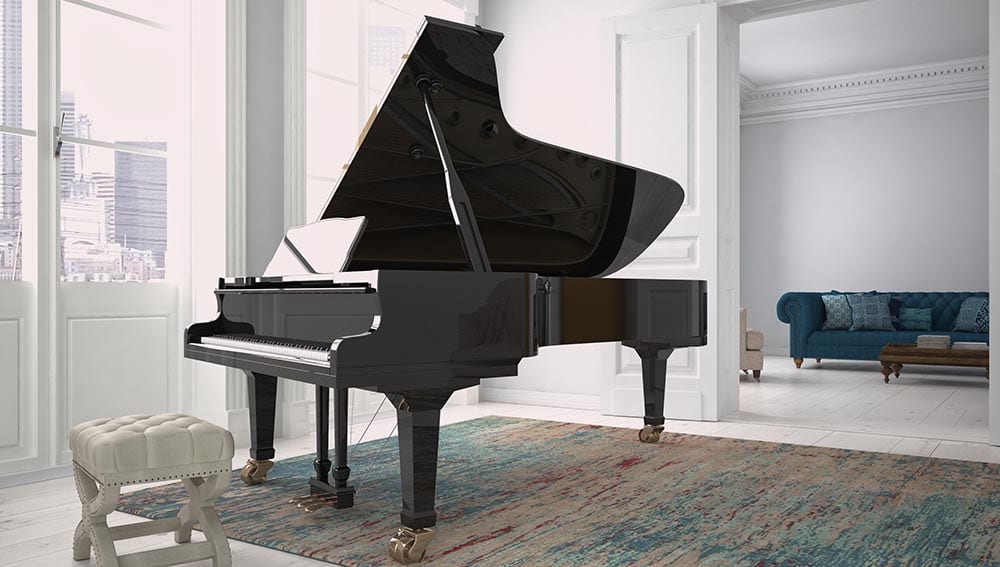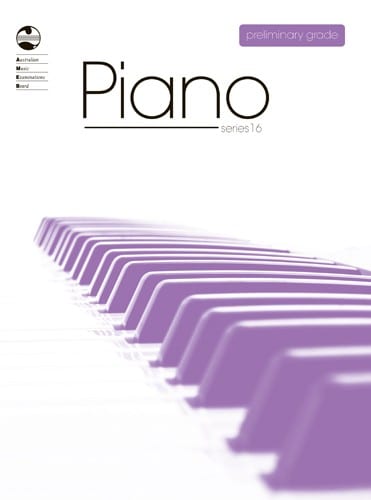Born into poverty in France in 1862, Claude Debussy’s immense talent on the piano and gifts for composition saw him rise from humble beginnings to create musical impressionism, becoming a world renowned composer.
Early Life in France
Though Debussy’s youth was an impoverished one; he showed obvious musical ability and by the age of 11 had entered the Paris Conservatory of music. While his fellow students recognised his incredible skill, they were perturbed by his attempts at musical innovation, which they found strange.
These innovations were the first signs of the unique compositional style that would develop later in Debussy’s life.
A Life Changing Job
In 1880, Nadezhda von Meck hired Debussy to teach piano to her children. This allowed Debussy the chance to travel with Meck and her family, gaining life and cultural experiences and, most importantly, being exposed to the music of Russian composers that greatly influenced his later work.
Early Recognition
In 1884, at just 22, Debussy won top prize in the Priz de Rome composition contest with his piece L’Enfant prodigue (The Prodigal Child). This allowed him to study for three years in the Italian capital, though he returned to Paris after two years.
While in Rome, Debussy discovered the music of German composer Richard Wagner, which had a profound effect on him, though he never embraced Wagner’s bombastic style in his own music.
Prolific in Paris
Debussy returned to Paris in 1887 and attended the Paris World Exposition two years later where he heard a Javenese gamelan. Debussy was transfixed by this musical ensemble, composed of bells, gongs, metallophone, and xylophones, and incorporated elements from the music into his own, creating something never before heard in western music.
The composer’s early masterpieces — Ariettes oubliées (1888), Prélude à l’après-midi d’un faune (Prelude to the Afternoon of a Faun; completed in 1892 and first performed in 1894), and the String Quartet (1893) — were written during this period.
In 1895, Debussy’s ground-breaking opera Pelléas et Mélisande debuted and created a musical sensation. Critics and audiences alike either fell in love or were repulsed by the new sounds Debussy had created. The attention gained with Pelléas, paired with the earlier success of 1892’s Prélude, earned Debussy extensive recognition.
Over the following 10 years, he was the leading figure in French music, writing such lasting works as La Mer (The Sea; 1905) and Ibéria (1908), both for orchestra, and Images (1905) and Children’s Corner Suite (1908), both for solo piano.
Around this same time, in 1905, Debussy’s Suite bergamasque was published, which included the still-popular movement Clare de Lune.
Death and Afterlife
After spending his later years composing and writing music criticism, Debussy succumbed to colon cancer on March 15th 1918, as Paris burned under German bombs. He was just 55 years old.
Despite his early death, Debussy’s influence lives on. Considered one of the most influential composers of the 20th century, he changed the way western composers thought about music. His legacy can be found in the works of writers as diverse as Maurice Ravel, Igor Stravinsky, Bela Bartok, George Gershwin, and Steve Reich.
With such a rich legacy, Debussy’s artistic afterlife will continue for decades to come.
Does Debussy’s sensational story make you want to play piano? Purchase your piano from our Sydney team or get in touch to discuss piano lessons.
Call us on 02 9411 8911.



 September 1, 2016
September 1, 2016




